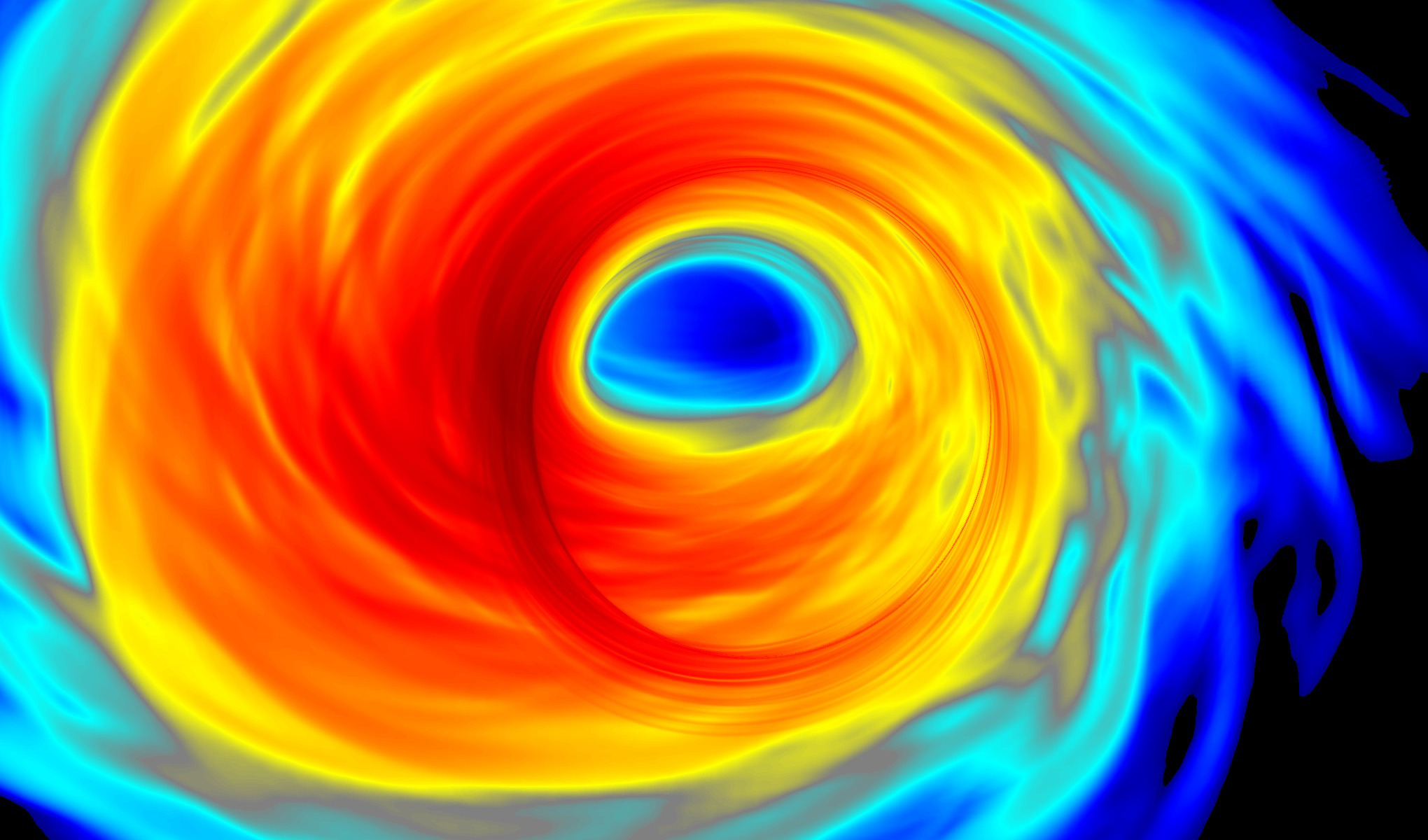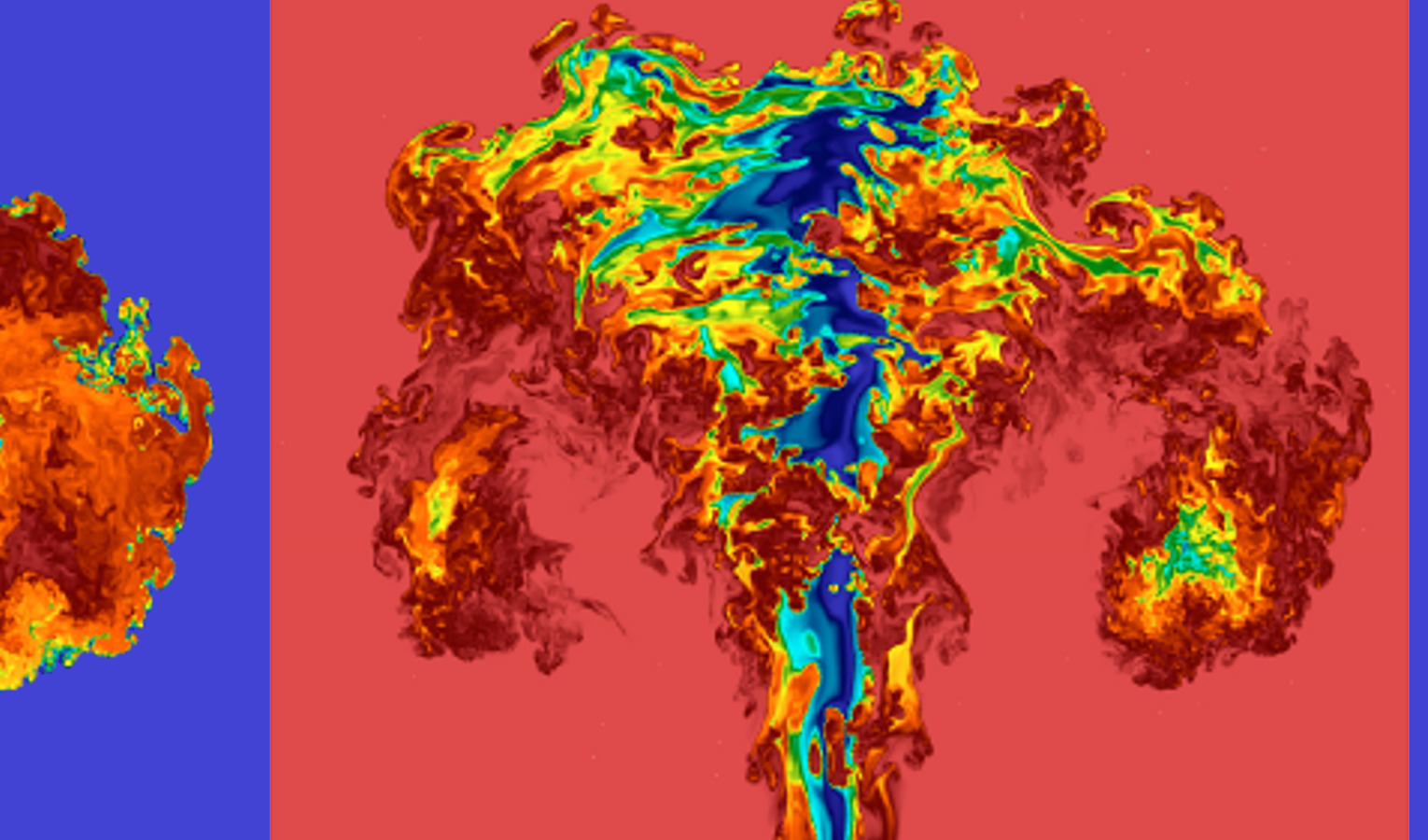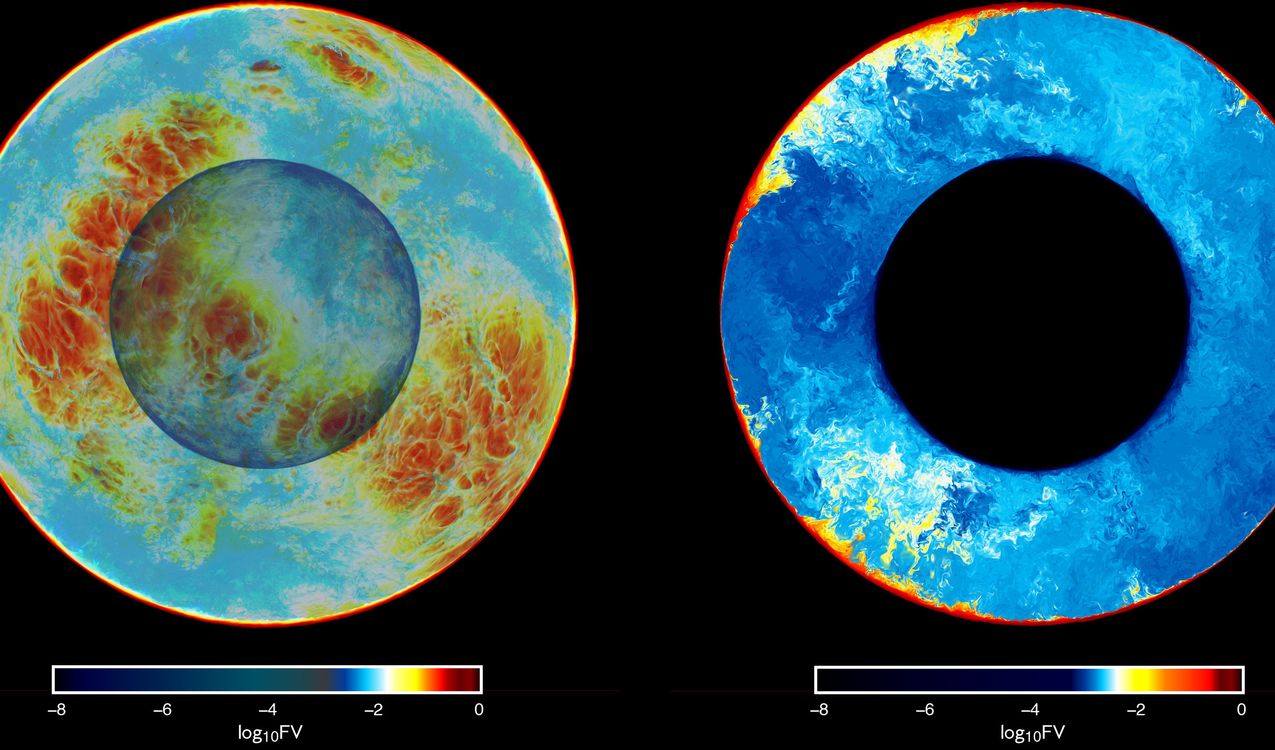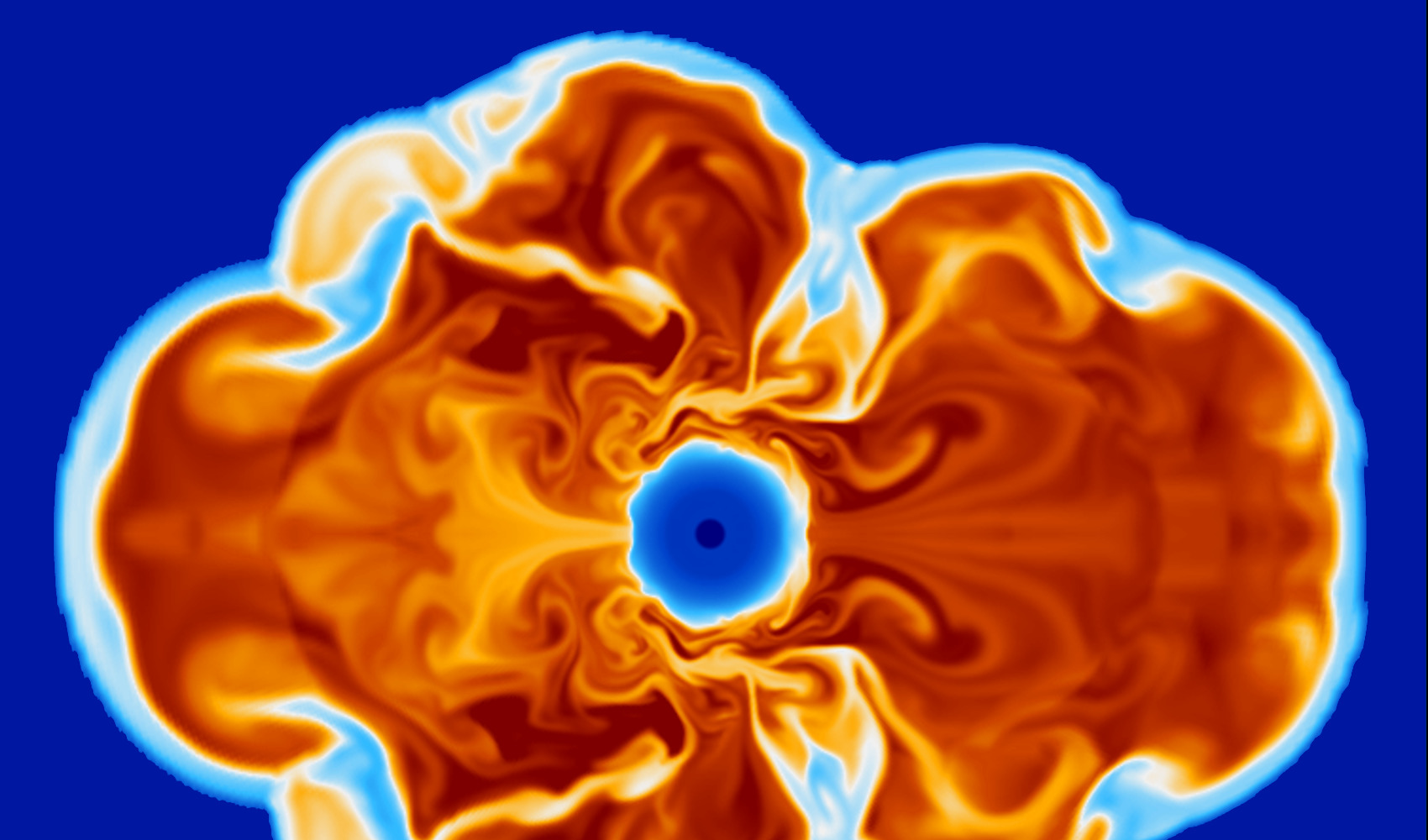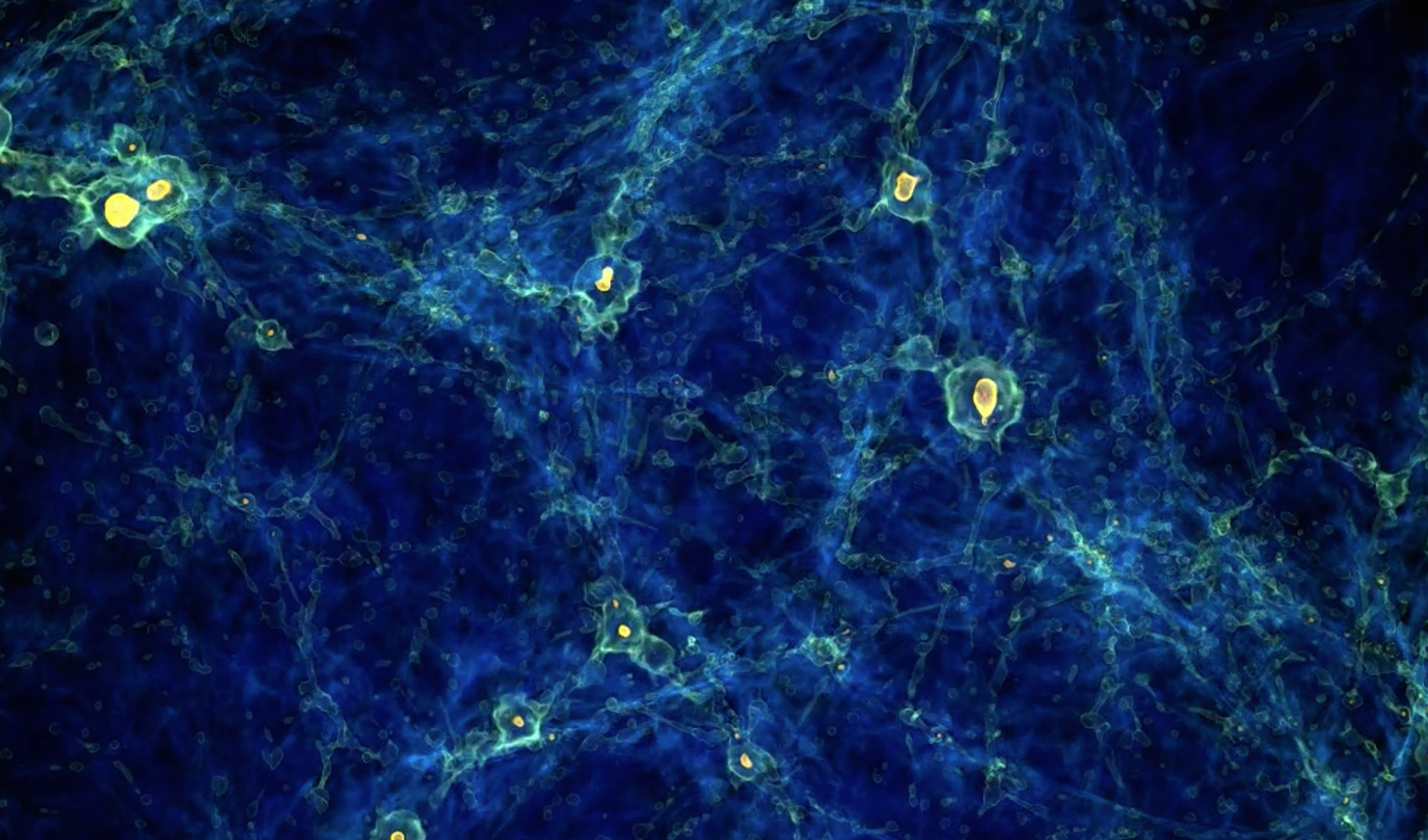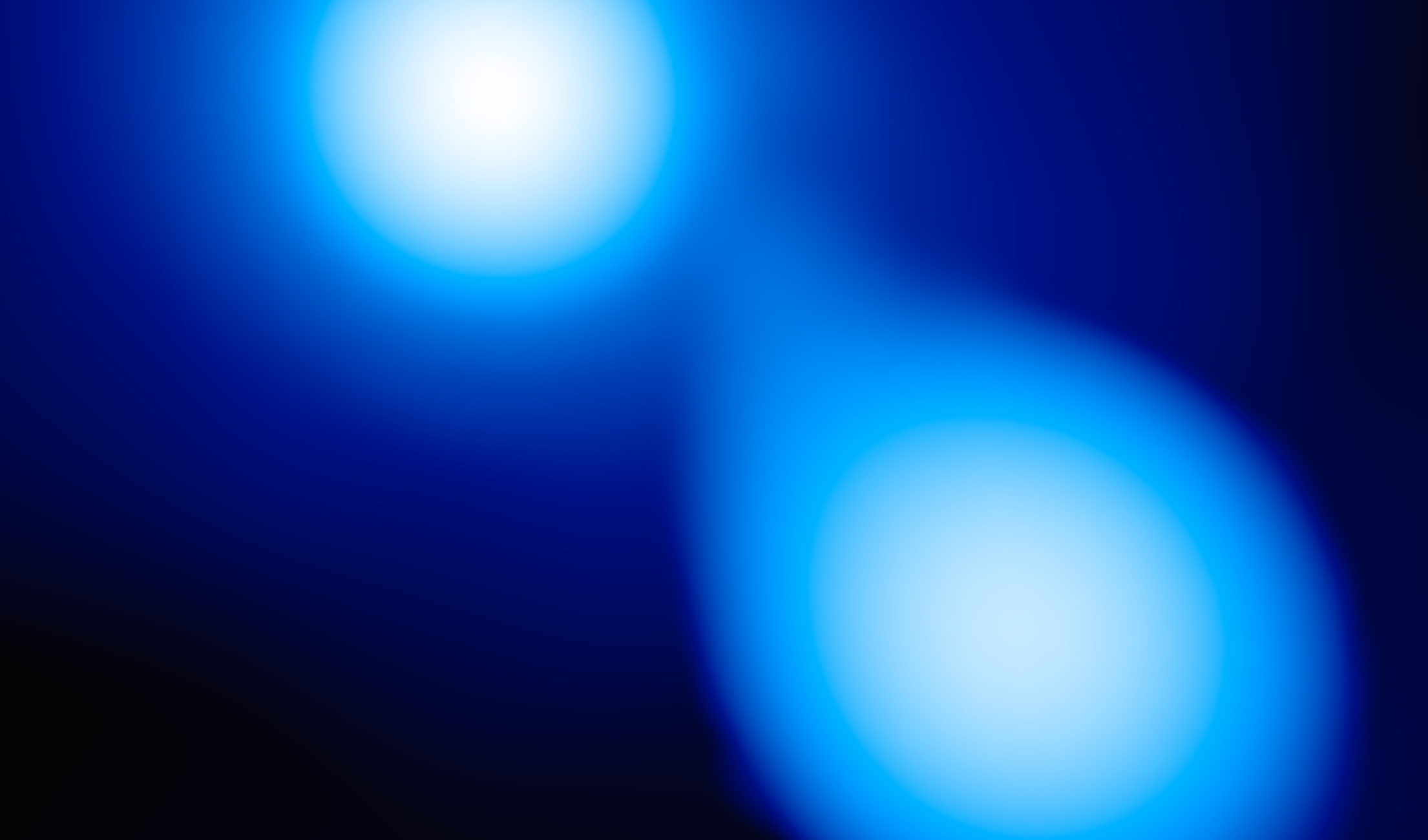PEOPLE
LEADERSHIP
CTA DIRECTOR
GROUP LEADER, APPLIED MATHEMATICS AND PLASMA PHYSICS, T-5
Transient light curves, compact mergers, supernovae, nucleosynthesis
RACHEL SMULLEN
CTA DEPUTY DIRECTOR
R&D SCIENTIST, THEORETICAL DESIGN, XTD
Star and planet formation, orbital dynamics
CTA PAST-DIRECTOR
DIRECTOR, CENTER FOR NONLINEAR STUDIES, T-CNLS
Radiation-hydrodynamics, reaction networks
RESEARCH DEVELOPMENT
R&D SCIENTIST, COMPUTATIONAL PHYSICS & METHODS, CAI-2
Black hole astrophysics, supernovae, numerical methods and algorithms
OUTREACH
R&D SCIENTIST, COMPUTATIONAL PHYSICS & METHODS, CAI-2
Gamma-ray bursts, their emission physics, and their use as cosmological tools
PROGRAM LIAISON
DEPUTY DIVISION LEADER, COMPUTING AND ARTIFICIAL INTELLIGENCE, CAI
Gamma-ray astronomy, supernovae, Monte Carlo transport
STAFF
AMAYA ANDREWS
R&D SCIENTIST, COMPUTATIONAL PHYSICS & METHODS, CAI-2
Computational astrophysics, Core-collapse supernovae, Radiation hydrodynamics, Nucleosynthesis, Code modernization, Verification & validation
DENNIS BOWEN
R&D SCIENTIST, EULERIAN CODES, XCP-2
General relativity, MHD, accretion disks
SOUMI DE
R&D SCIENTIST, APPLIED MATHEMATICS AND PLASMA PHYSICS, T-5
Multimessenger astrophysics, gravitational wave observations, machine learning, data analysis
PHILIPP EDELMANN
R&D SCIENTIST, APPLIED COMPUTER SCIENCE, CAI-1
Stellar astrophysics, low Mach number hydrodynamics, nucleosynthesis,asteroseismology, numerical methods
ERICA FOGERTY
R&D SCIENTIST, THEORETICAL DESIGN, XTD
Formation of molecular clouds, stars and planets, MHD, radiation transport, HEDP
CHRIS FONTES
R&D SCIENTIST, MATERIALS & PHYSICS DATA, XCP-5
Theoretical atomic physics, radiative opacities, transient light curves
FAN GUO
R&D SCIENTIST, NUCLEAR AND PARTICLE PHYSICS, ASTROPHYSICS, AND COSMOLOGY, T-2
Charged particle transport, magnetic reconnection and turbulence, collisionless shocks, wave and particle interaction
JOYCE GUZIK
LANL FELLOW, THEORETICAL DESIGN, XTD
Stellar Evolution, Asteroseismology, Stellar Pulsations
DANIEL HOLLADAY
R&D SCIENTIST, APPLIED COMPUTER SCIENCE, CAI-1
nLTE opacities, radiation transport, HPC, heterogeneous computing
JARRETT JOHNSON
DEPUTY GROUP LEADER, THEORETICAL DESIGN, XTD
First Stars, Planets, Galaxies, Supernovae, and Black Holes
SAM JONES
R&D SCIENTIST, APPLIED MATHEMATICS AND PLASMA PHYSICS, T-5
Supernovae, numerical methods, hydrodynamics, nucleosynthesis, stellar evolution
ALEX KALTENBORN
R&D SCIENTIST, APPLIED MATHEMATICS AND PLASMA PHYSICS, T-5
Compact binary mergers
R&D SCIENTIST, APPLIED MATHEMATICS AND PLASMA PHYSICS, T-5
Neutron star mergers, r-process, hydrodynamics, HPC, general relativity
BRENDAN KRUEGER
R&D SCIENTIST, APPLIED COMPUTER SCIENCE, CAI-1
Supernovae, computational methods, code development
HYUN LIM
R&D SCIENTIST, APPLIED COMPUTER SCIENCE, CAI-1
Numerical relativity, binary compact object mergers, numerical methods and algorithms, and HPC
CHRIS MALONE
R&D SCIENTIST, LAGRANGIAN CODES, XCP-1
Type Ia supernovae
CHRISTOPHER MAUNEY
R&D SCIENTIST, HPC ENVIRONMENTS, HPC-ENV
Dust formation, supernovae, density functional theory
GRANT MEADORS
R&D SCIENTIST, SPACE REMOTE SENSING AND DATA SCIENCE, ISR-6
Gravitational wave interferometers, black hole mergers, neutron stars, white dwarfs, space weather
ZACH MEDIN
R&D SCIENTIST, EULERIAN CODES, XCP-2
X-ray bursts
R&D SCIENTIST, COMPUTATIONAL PHYSICS & METHODS, CAI-2
Numerical relativity, numerical methods, hydrodynamics
MATTHEW MUMPOWER
R&D SCIENTIST, NUCLEAR AND PARTICLE PHYSICS, ASTROPHYSICS, AND COSMOLOGY, T-2
Nuclear physics, nucleosynthesis, beta-decay, fission
BENJAMIN RYAN
R&D SCIENTIST, COMPUTATIONAL PHYSICS & METHODS, CAI-2
Black hole astrophysics, radiation transport, magnetohydrodynamics, numerical methods
R&D SCIENTIST, COMPUTATIONAL PHYSICS & METHODS, CAI-2
Kinetic transport simulation, Nuclear astrophysics, hydrodynamics
GREG SALVESEN
R&D SCIENTIST, VERIFICATION AND ANALYSIS, XCP-8
Black Holes, X-ray Binaries, Accretion Disks, Outflows
INGO TEWS
R&D SCIENTIST, NUCLEAR & PARTICLE PHYSICS, ASTROPHYSICS, & COSMOLOGY, T-2
Neutron Matter, chiral EFT, multimessenger astrophysics
PHOEBE UPTON SANDERBECK
R&D SCIENTIST, INFORMATION SYSTEMS & MODELING, A-1
Galaxy formation, reionization, supermassive black holes, radiation backgrounds, intergalactic medium, circumgalactic medium, cosmology
TIM WATERS
R&D SCIENTIST, LAGRANGIAN CODES, XCP-1
Black hole astrophysics, Multiphase gas dynamics, Radiation magnetohydrodynamics
R&D SCIENTIST, COMPUTATIONAL PHYSICS & METHODS, CAI-2
Transient light curves, radiation transport methods
SUZANNAH WOOD
R&D SCIENTIST, THEORETICAL DESIGN, XTD
Laboratory astrophysics, high energy density physics
POSTDOCS
BRANDON BARKER
METROPOLIS POSTDOC FELLOW, COMPUTATIONAL PHYSICS & METHODS, CAI-2
Core collapse supernovae, mergers, nucleosynthesis, numerical relativity, transients, connecting observations to models
MADELINE MARSHALL
OPPENHEIMER POSTDOC FELLOW, THEORETICAL DESIGN, XTD
High-redshift quasars and galaxies, JWST observations, analysing cosmological hydrodynamical simulations
MARKO RISTIĆ
ISTI POSTDOC FELLOW, APPLIED MATHEMATICS AND PLASMA PHYSICS, T-5
Simulation Placement Optimization, Machine Learning Emulators, Bayesian Inference, Neutron Star Mergers, Kilonovae
MAKANA SILVA
DIRECTOR'S FELLOW, COMPUTATIONAL PHYSICS & METHODS, CAI-2
Gravitational waves from relativistic dynamics, Quantum fields on curved spacetime, Dark matter, Plasmas
SARAH STANGL
POSTDOC, APPLIED MATHEMATICS AND PLASMA PHYSICS, T-5
Supernovae, Stellar Explosions, Dust, Air Chemistry
To view profiles of our current and previous students click here.
